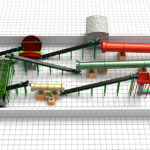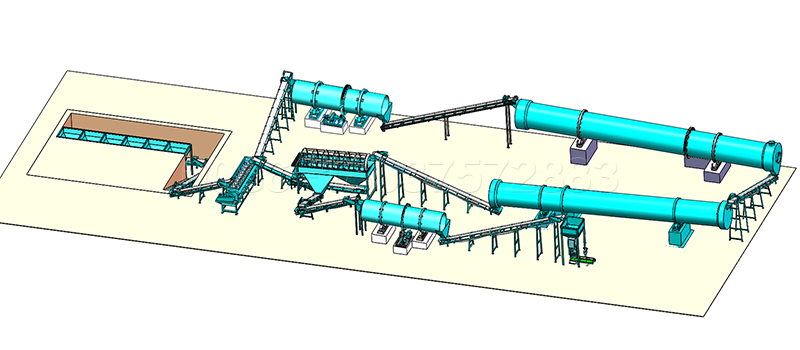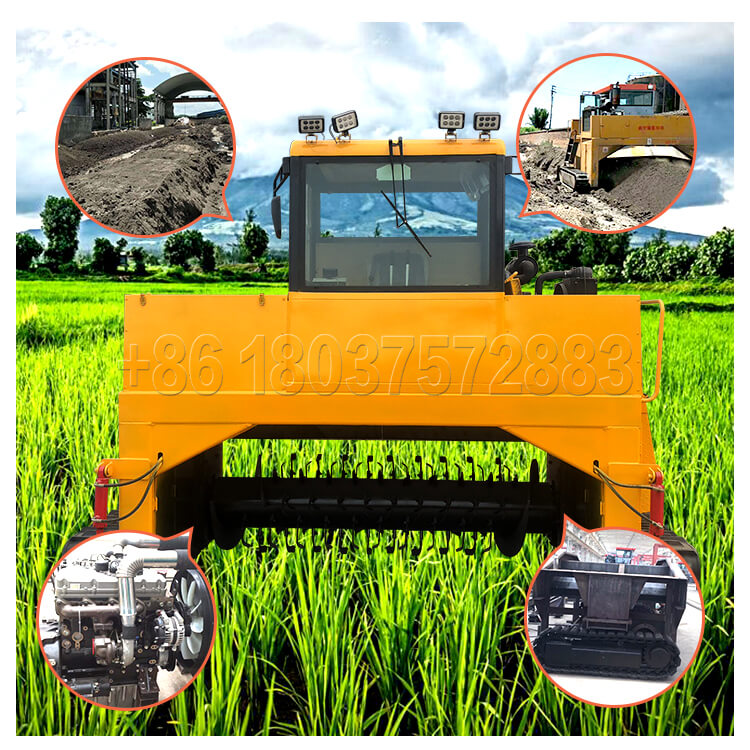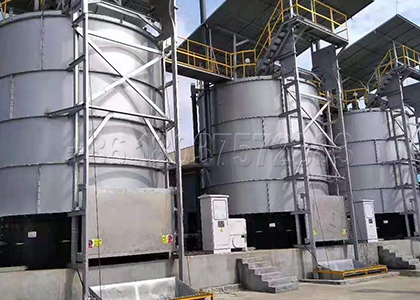Composting in the process of organic fertilizer production is a traditional biological method for the treatment of straw and livestock manure. Under certain conditions, it is necessary to ferment the degradable organic matter in livestock manure and straw through the action of microorganisms, and then decompose them to produce products with certain fertilizer efficiency. After continuous improvement and optimization, composting of organic fertilizer production has developed towards mechanization and commercialization, and has become one of the effective methods to treat livestock manure and straw.
Attention should be paid to the following aspects in composting fermentation during the production of organic fertilizer
(1) The moisture content of compost in the organic fertilizer production line should be 60% - 75% of the dry material, that is to say, if you hold the material tightly, there will be water droplets extrusion, indicating that the moisture content is moderate.
(2) Good ventilation should be maintained at the initial stage of composting. If necessary, aeration tower, ventilation ditch and trough composter can be set. At a later stage, the aeration tower can be removed and the ventilation ditch can be blocked. Compaction, slurry sealing and plastic cloth covering can be used to preserve nutrients and promote humus accumulation.
(3) The internal temperature of compost can be controlled between 50 ℃ and 60 ℃. When the temperature is higher than 65 ℃, the compost can be turned over or cooled by adding water to facilitate the preservation of nitrogen.
(4) The C / N ratio of compost material was 25 ∶ 1, which was favorable for microbial decomposition of organic matter. Urea can be properly added in the composting process of straw fertilizer.
(5) Control the appropriate pH value. In the composting process, 1-1.5 kg lime and other alkaline substances were added to 50 kg straw to adjust the pH value of compost to about 7.5.











